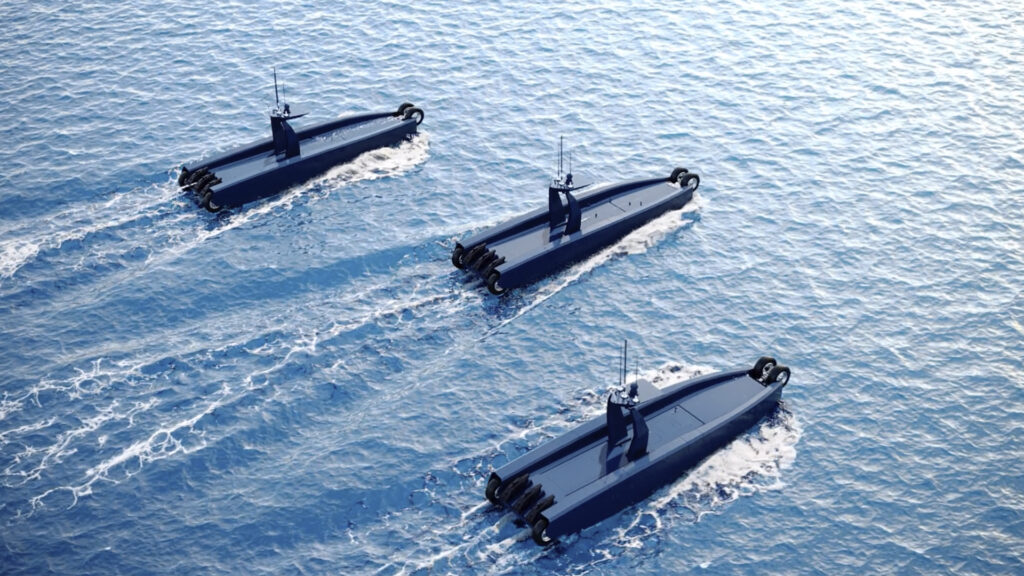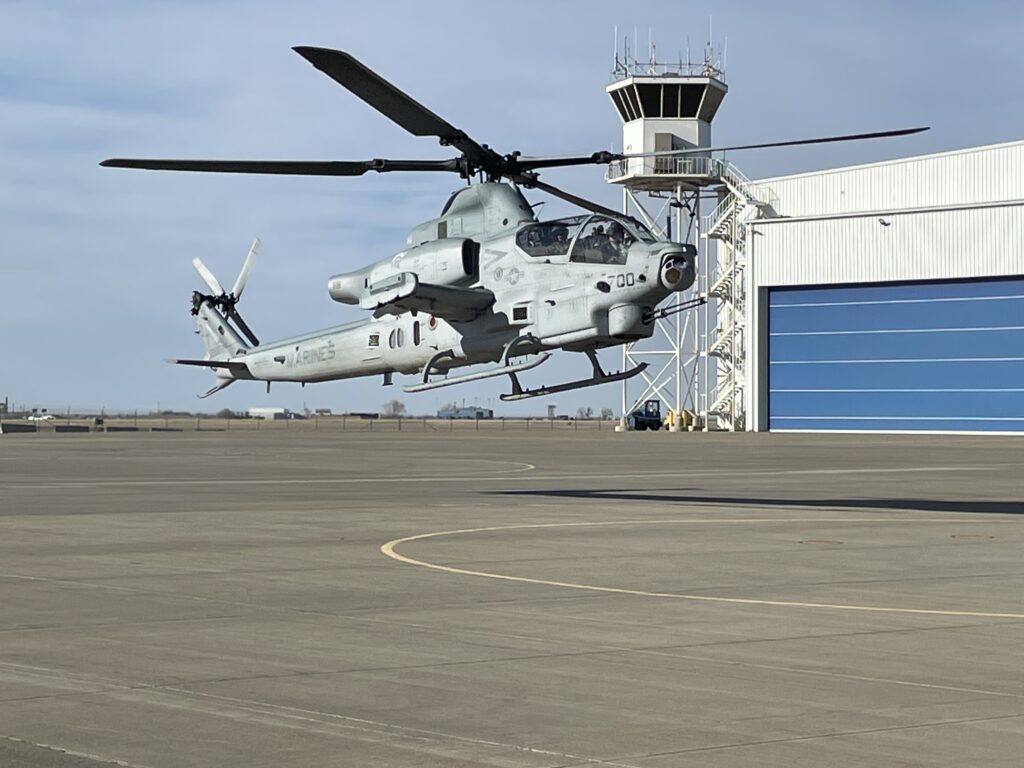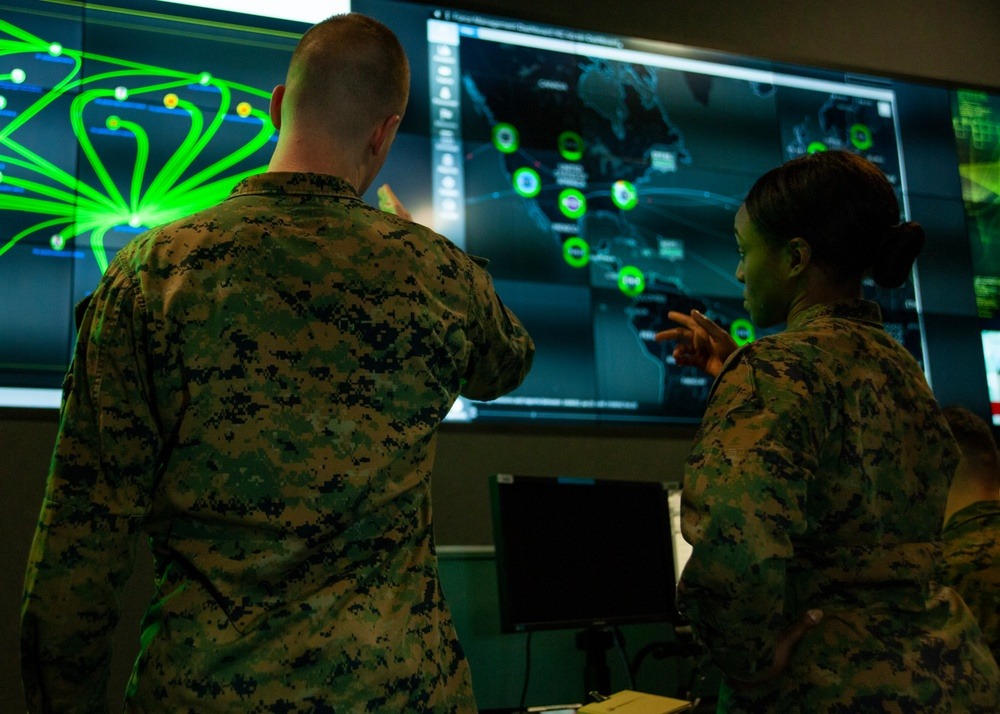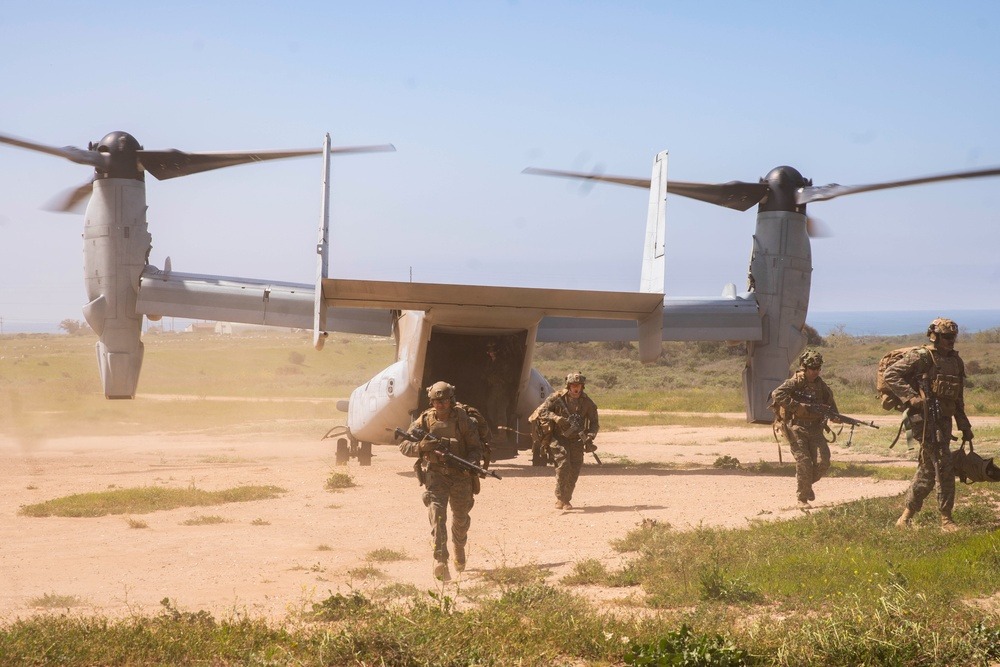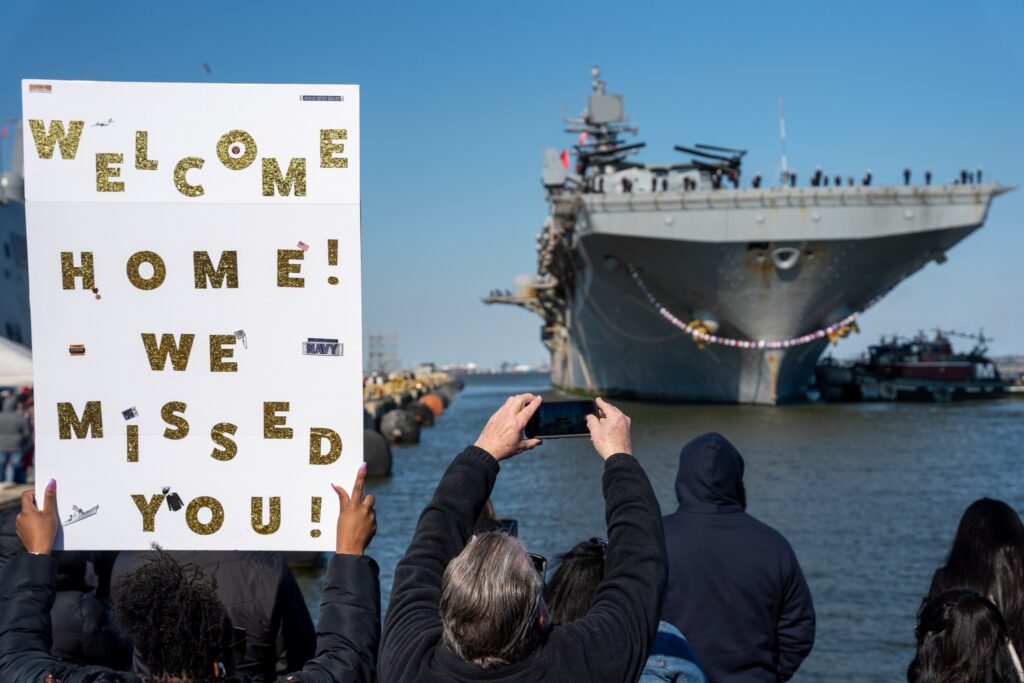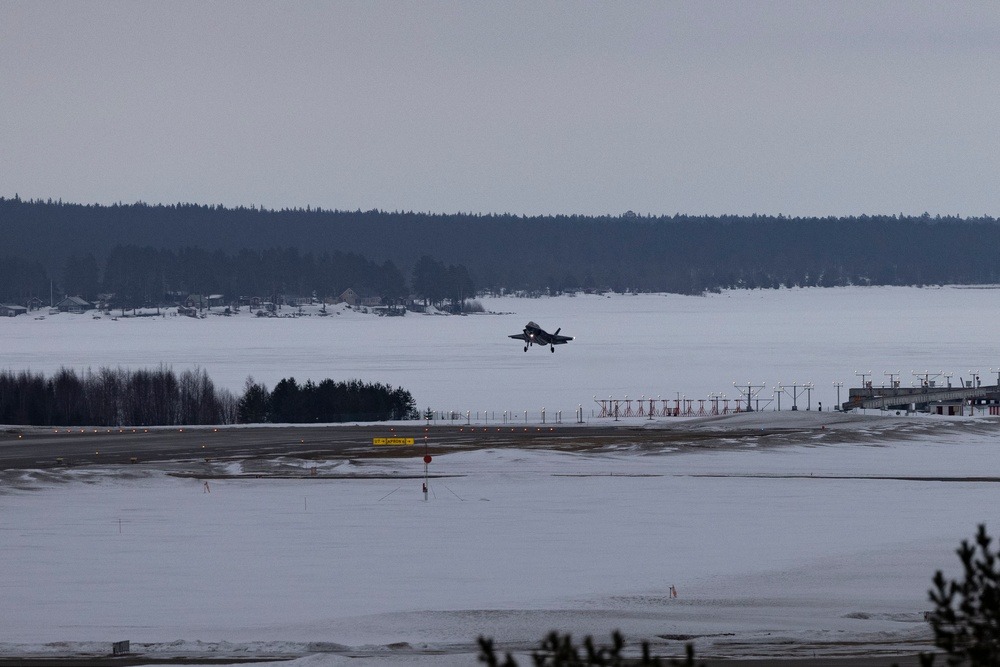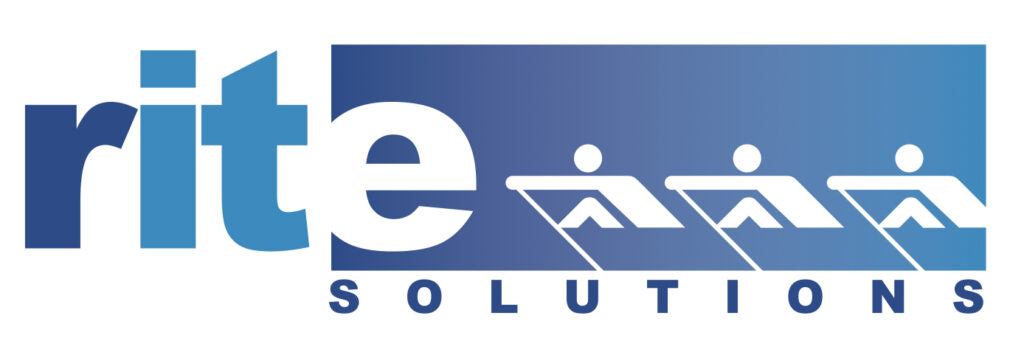VMFA-542 achieves full operational capability as U.S. Marine Corps’ first F-35 operational squadron on the East Coast

From Communication Strategy and Operations Office,
2nd Marine Aircraft Wing
Apr. 5, 2024
MARINE CORPS AIR STATION CHERRY POINT, N.C. – Marine Fighter Attack Squadron (VMFA) 542, 2nd Marine Aircraft Wing (MAW), achieved full operational capability, Wednesday, as the U.S. Marine Corps’ first East Coast F-35 Lightning II Joint Strike Fighter squadron in the Fleet Marine Force.
Full operational capability means that VMFA-542 is ready for full operations and completed its transition from a legacy tactical-aircraft platform to the F-35B Lightning II. The squadron is now capable and eligible to deploy globally in support of planned or contingency operations. As 2nd MAW’s first operational fifth-generation fighter-attack squadron, they can fulfill their mission essential tasks (METs) in support of the Marine Air-Ground Task Force (MAGTF). These METs include close-air support, strike, strike coordination and reconnaissance, offensive anti-air warfare, suppression of enemy air defenses, electronic attack, electronic support, and active air defense.
“Achieving full operational capability is a testament to the exceptional hard work and professionalism from the Marines of VMFA-542,” said Lt. Col. Brian Hansell, commanding officer of VMFA-542. “This milestone marks the addition of a battle-ready aviation squadron with unmatched combat lethality and survivability to the Marine Expeditionary Force. We are ready and able to conduct missions globally in support of the MAGTF as we continue to prepare for the next challenge.”
The F-35 is a fifth-generation fighter jet with advanced stealth, agility and maneuverability, sensor and information fusion, and provides the pilot with real-time access to battlespace information. It is designed to meet an advanced threat while improving lethality, survivability, and supportability. The F-35B Lightning II is the short-takeoff and vertical-landing F-35 variant. This capability allows the aircraft to operate from amphibious assault ships and expeditionary airstrips less than 2,000 feet long.
VMFA-542 began its transition to the F-35B Lightning II in December 2022 and received its first F-35B on May 31, 2023. The squadron then achieved initial operational capability, Feb. 5, before receiving its 10th aircraft, March 25, and achieving full operational capability, April 3.
The squadron also recently participated in Exercise Nordic Response 24 in Norway, which was a two-week exercise with NATO allies and partners demonstrating military prowess across land, maritime, and aviation domains against challenging arctic and mountainous conditions. During the exercise, VMFA-542 conducted a distributed-aviation-operations event at Kallax Air Base in Lulea, Sweden, March 13, marking the first time a U.S. F-35 Lightning II aircraft landed in Sweden, the first time any F-35 operated at Kallax Air Base, and one of the first training events conducted by Sweden as a NATO member.
VMFA-542 is a subordinate unit of 2nd MAW, the aviation combat element of II Marine Expeditionary Force.
